
Issue #: 167
Published: September / October 2019
- Price per issue - digital : 6.20€Digital magazine
- Price per issue - print : 8.50€Print magazine
- Access to Multihulls World digital archives Digital archives
Yes, bad weather! While cruising - and even during a race - almost everything is done to avoid it. Never pleasant to be caught out and/or damaged. Bad weather is anticipated in two ways: by avoiding being where it is likely to occur - sailing areas and times of year - and by preparing your multihull. A complete subject that we will be dealing with soon. But what to do when you are surprised by very strong winds and/or seas? Our 12 tips to stay operational and prevent the big three - Cold, Hunger and Fear - from taking over!
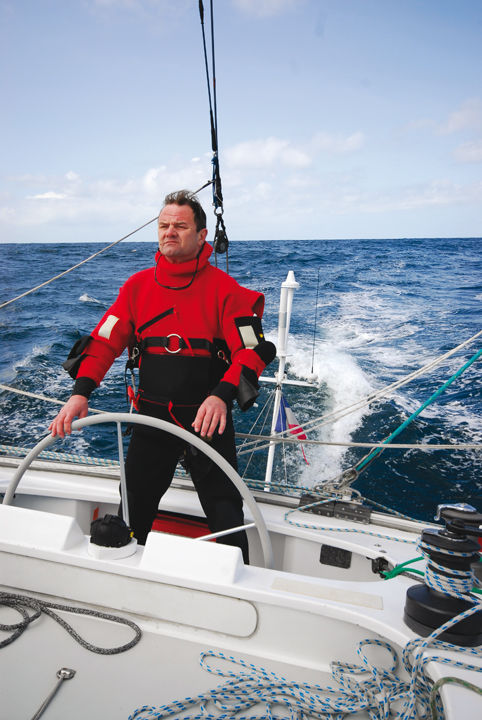
As long as the bad weather is manageable and the latitudes where you operate are mild in terms of temperatures, a traditional salopettes and jacket combination is perfect. But if the conditions become extreme, a survival suit will be essential.

It’s very difficult to cook in severe weather. Prepare, if possible in advance, thermos of hot drinks, cereal bars and other dried fruits. Freeze-dried dishes are easy and quick to prepare; they allow you to eat hot food!
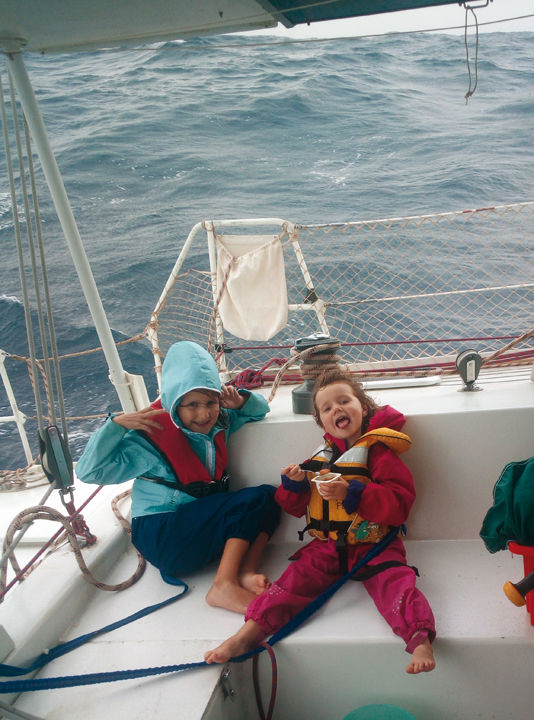
Children can stay in the cockpit as long as the seas are not too big. On condition that they’re wearing lifevests and harnesses.
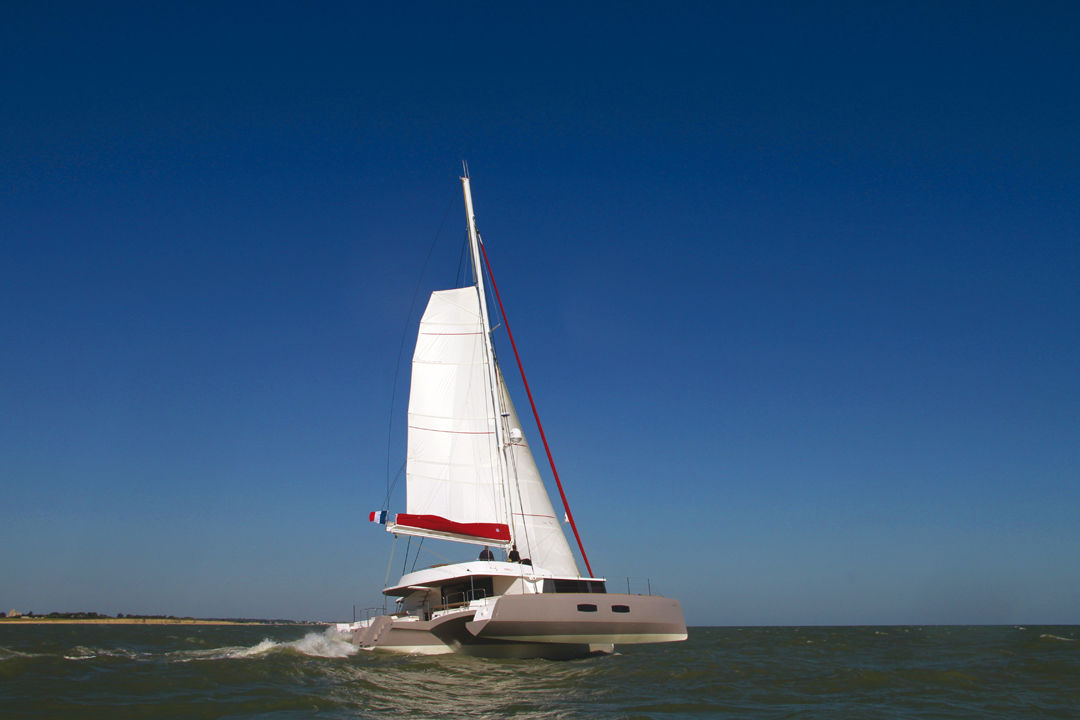
Reducing the mainsail means positioning your multihull close-hauled or head to wind: easy when the sea is not too big, complicated with three-meter (10’) waves – even more-so at night. Take in a reef before you are caught out!
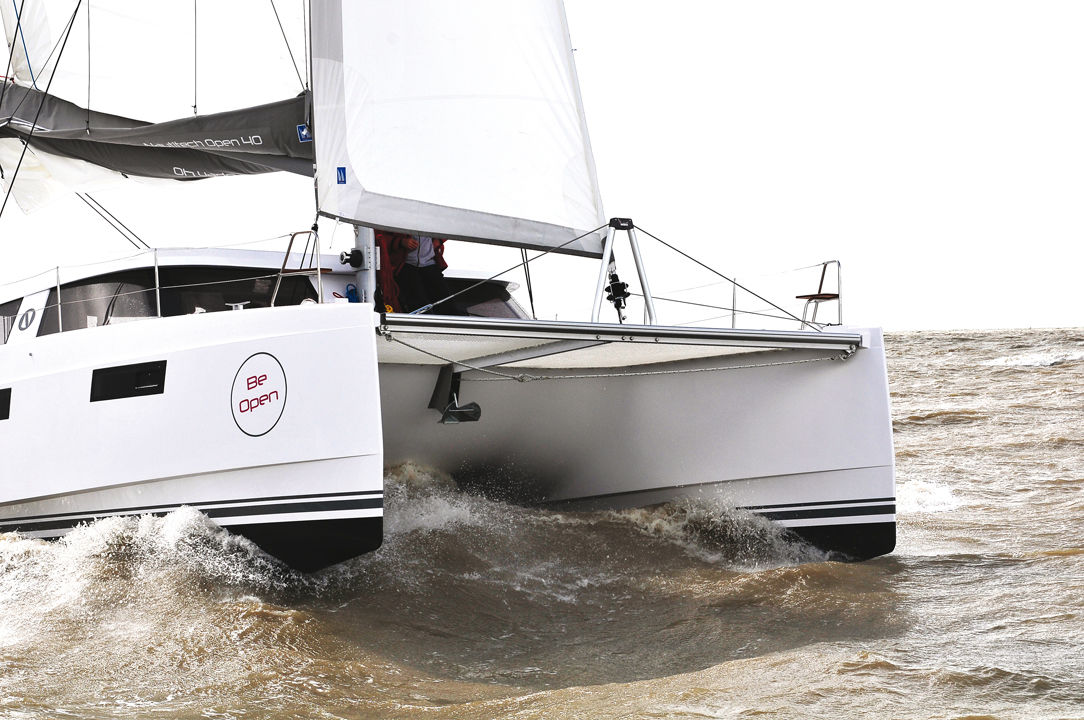
Reducing the genoa is possible at any speed. Remember to keep some tension on the sheet to prevent the sail and sheets from flogging too violently during the maneuver. The sailcloth, in this "half rolled" configuration, will suffer... It may be better to set a staysail on if you have a removable inner forestay, or simply to roll up the genoa completely.
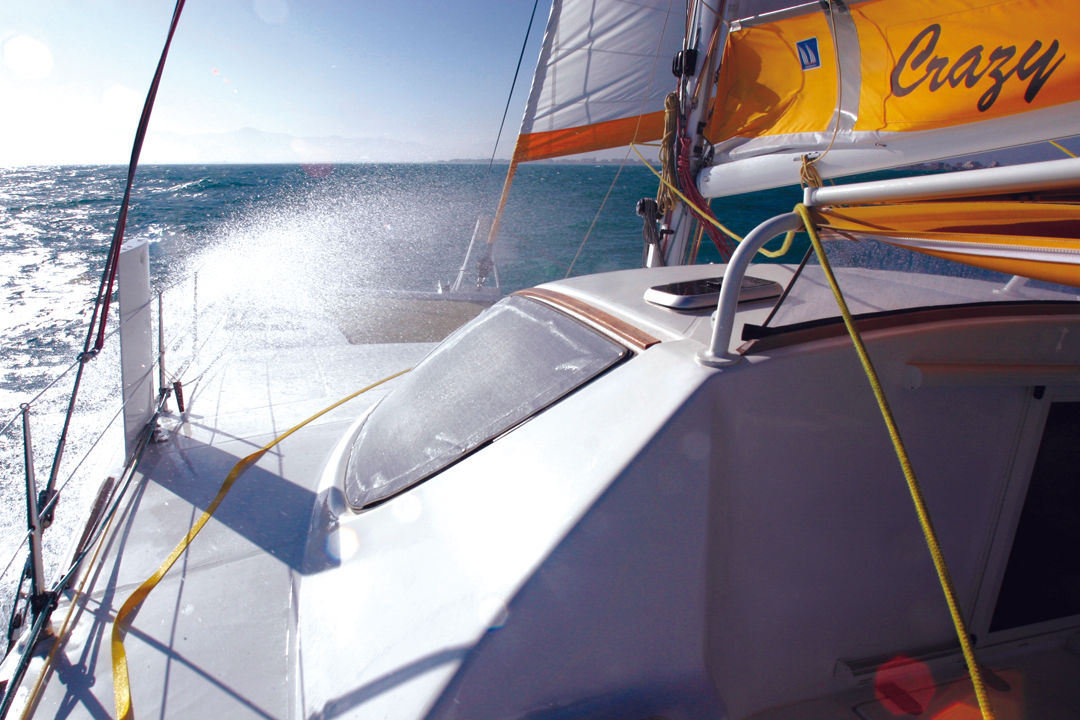
The advantage of multihulls with daggerboards is that they can be raised all or part of the way in bad weather! The hulls can then slide more easily through the waves and make the helmsman's work easier.
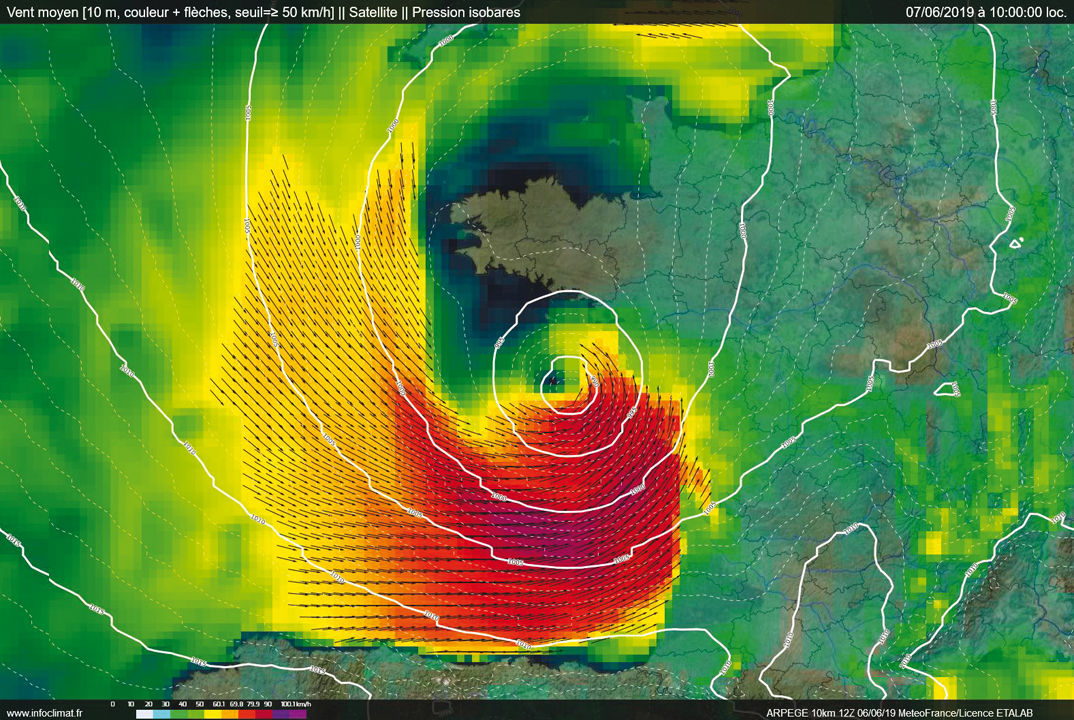
The basic principle, in bad weather, is to move away from the area of strongest winds. Today, modern analysis of weather maps makes it possible to optimize its trajectory. But beware of the coasts: apart from some possible access in all weathers, many ports are inaccessible in very heavy seas. Allow yourself some searoom!
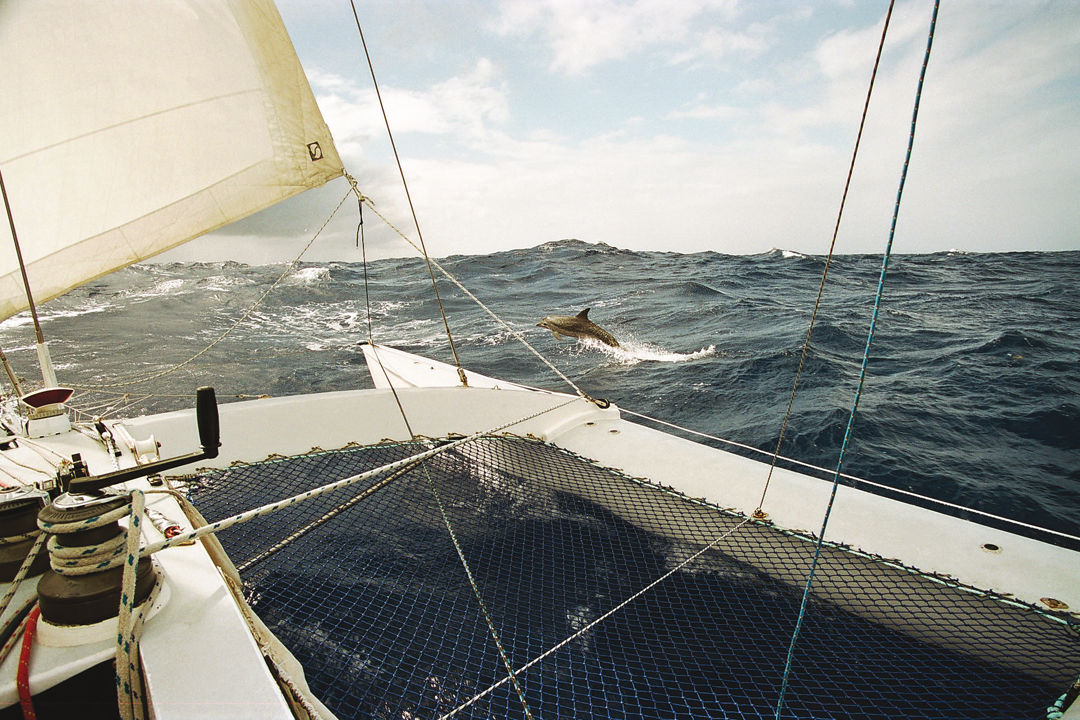
Reefed main, jib sheeted in on the opposite tack and helm hard over: this is the classic hove-to configuration. The multihull advances and drifts in relative comfort. A good formula to avoid losing too much headway and/or rest.
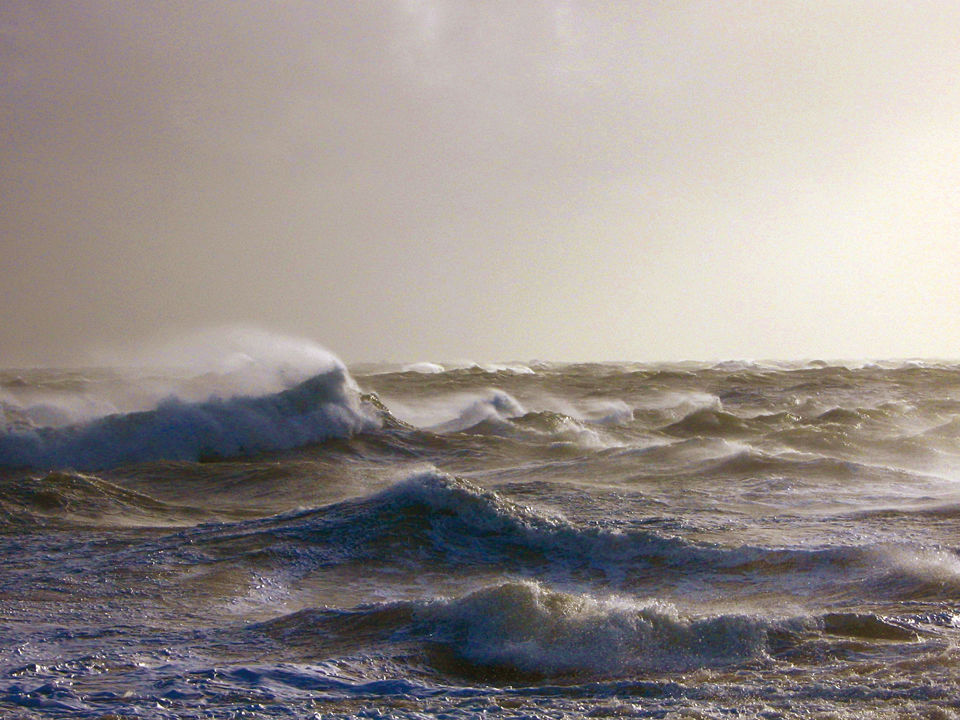
If the wind and sea become very strong, it may be wise to lie a-hull, i.e. stow the mainsail and furl the jib completely. Depending on the desired course, the support of one or more motors can be useful.
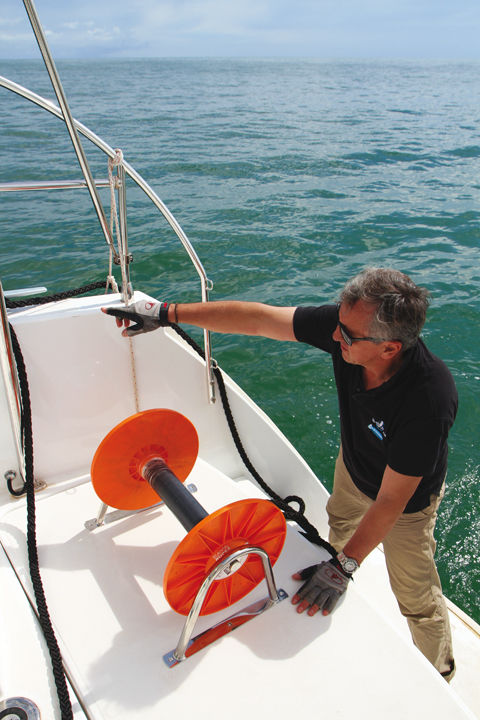
Sometimes, extreme conditions may require you to trail lines - provided you have enough searoom. Your multihull, with no sail up, or almost (three reefs in the mainsail ideally), practically flies downwind and accompanies the waves. To remain safe, it’s sometimes desirable to limit the speed: a looped trailing line, preferably on reels, can be very effective, provided there are reinforced anchoring points.
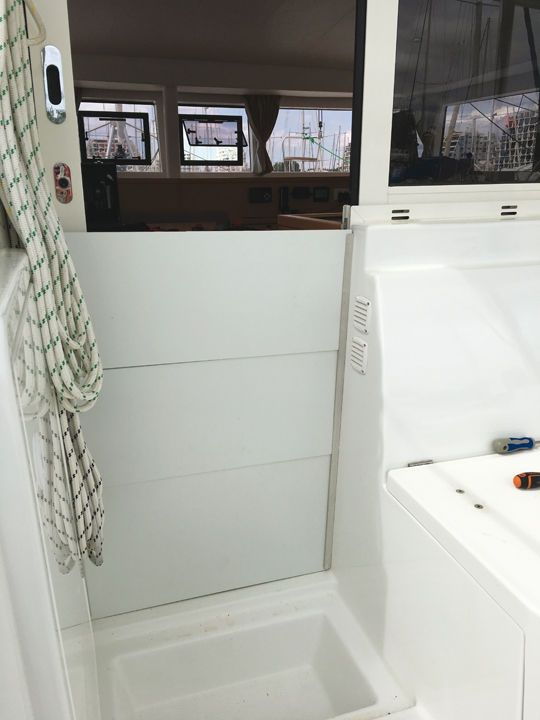
Par mer forte de l’arrière, les nacelles très ouvertes sur le cockpit – ou plutôt les baies vitrées – peuvent être soumises à rude épreuve. Des batardeaux sont conseillés. A ...
What readers think
Post a comment
No comments to show.